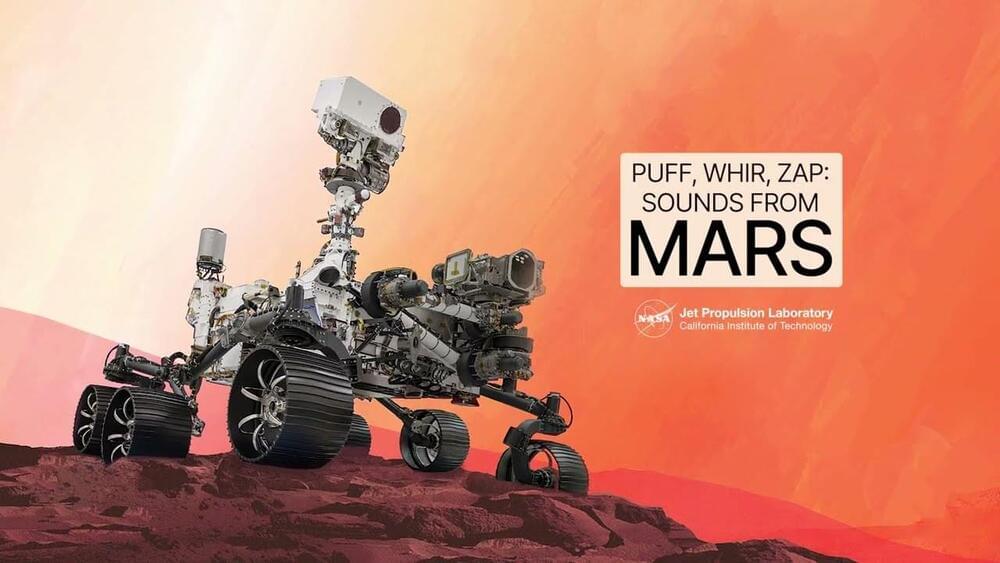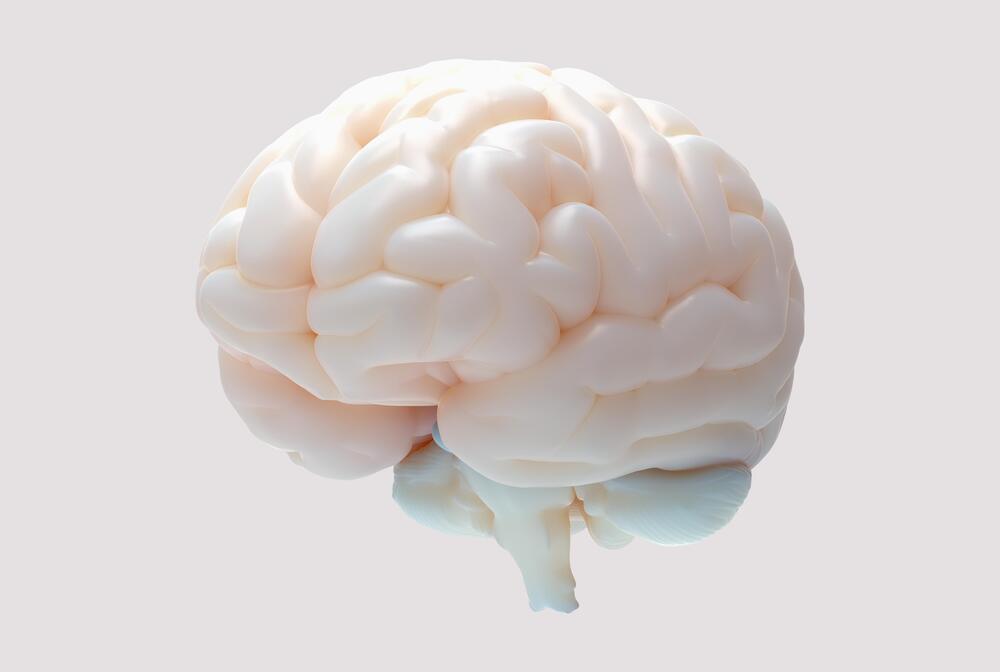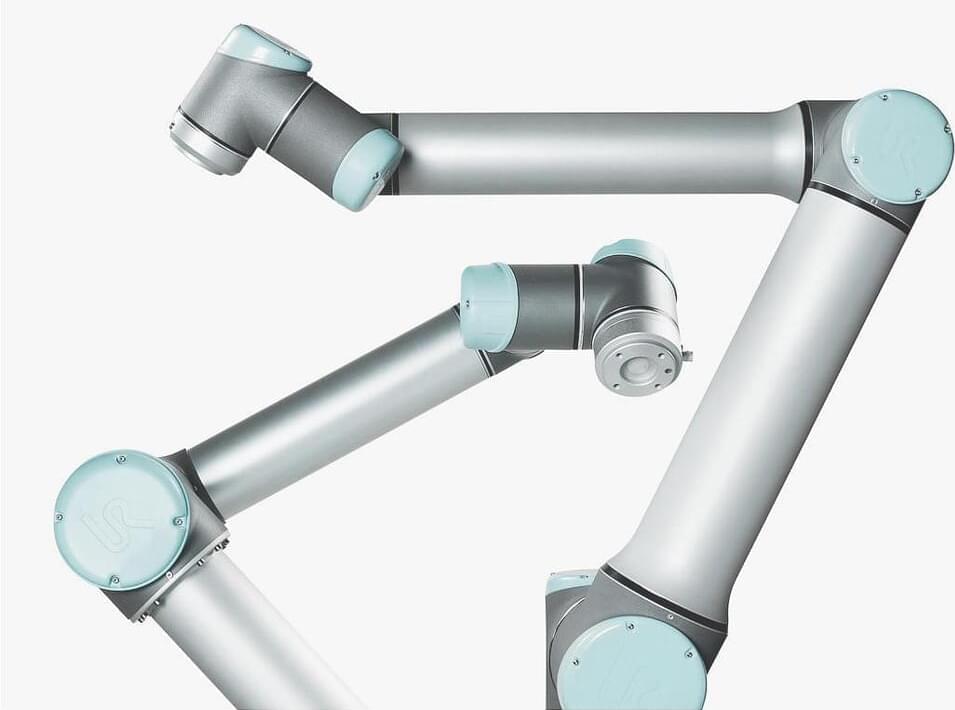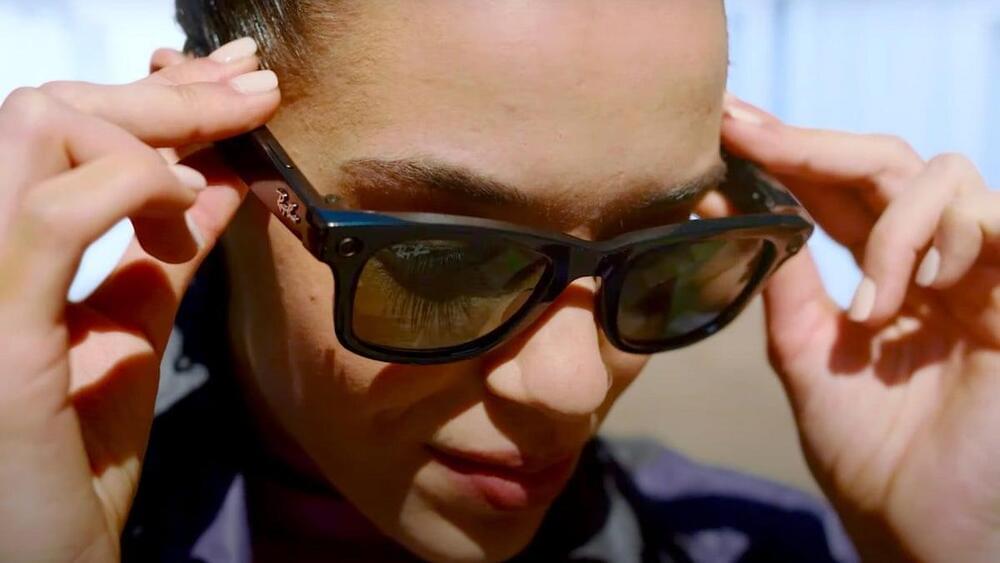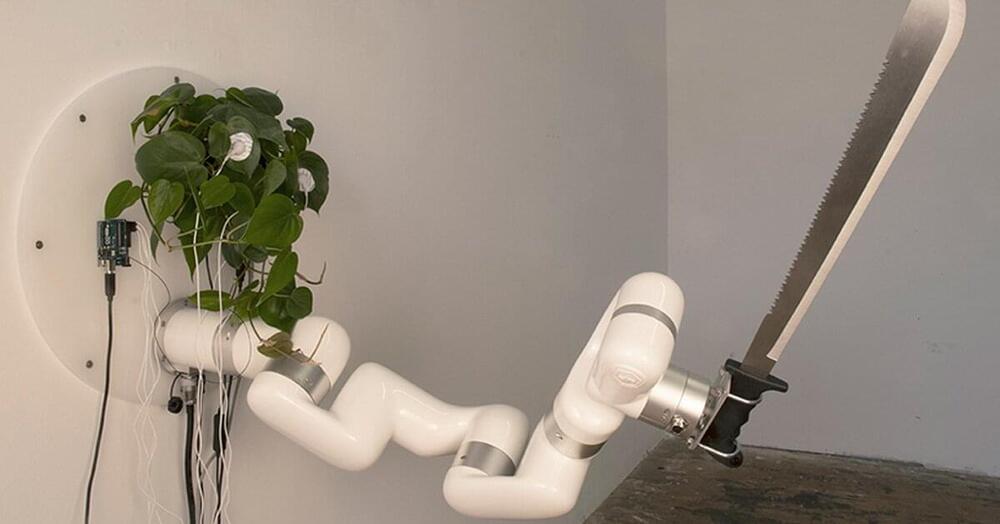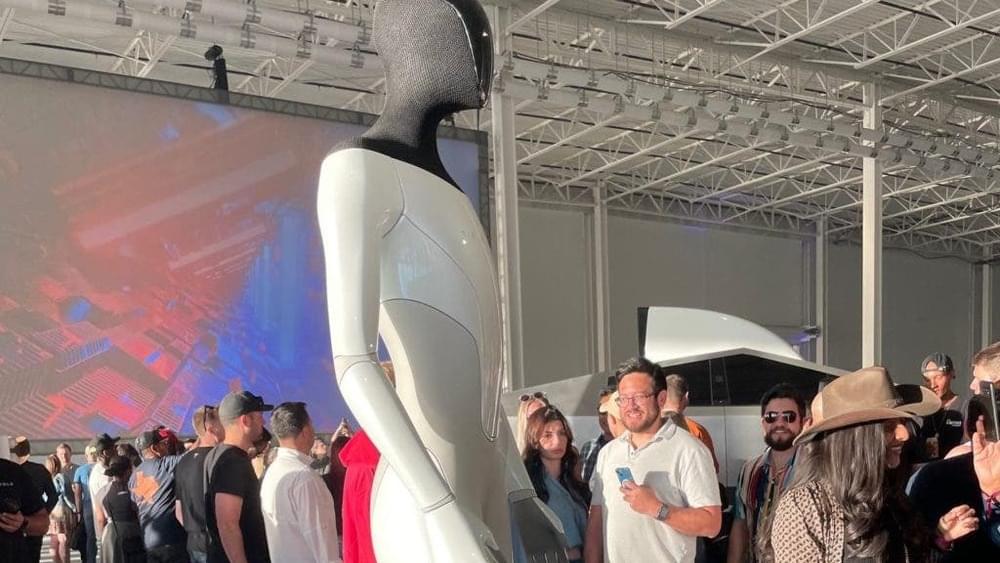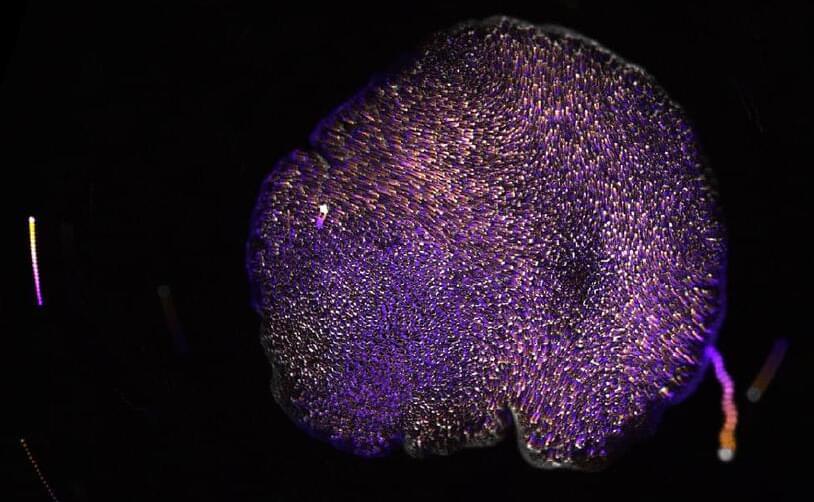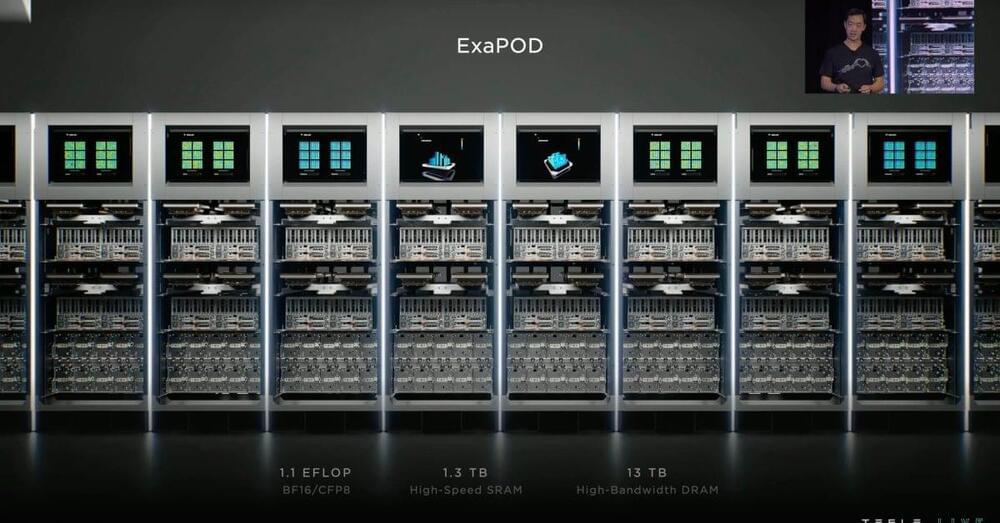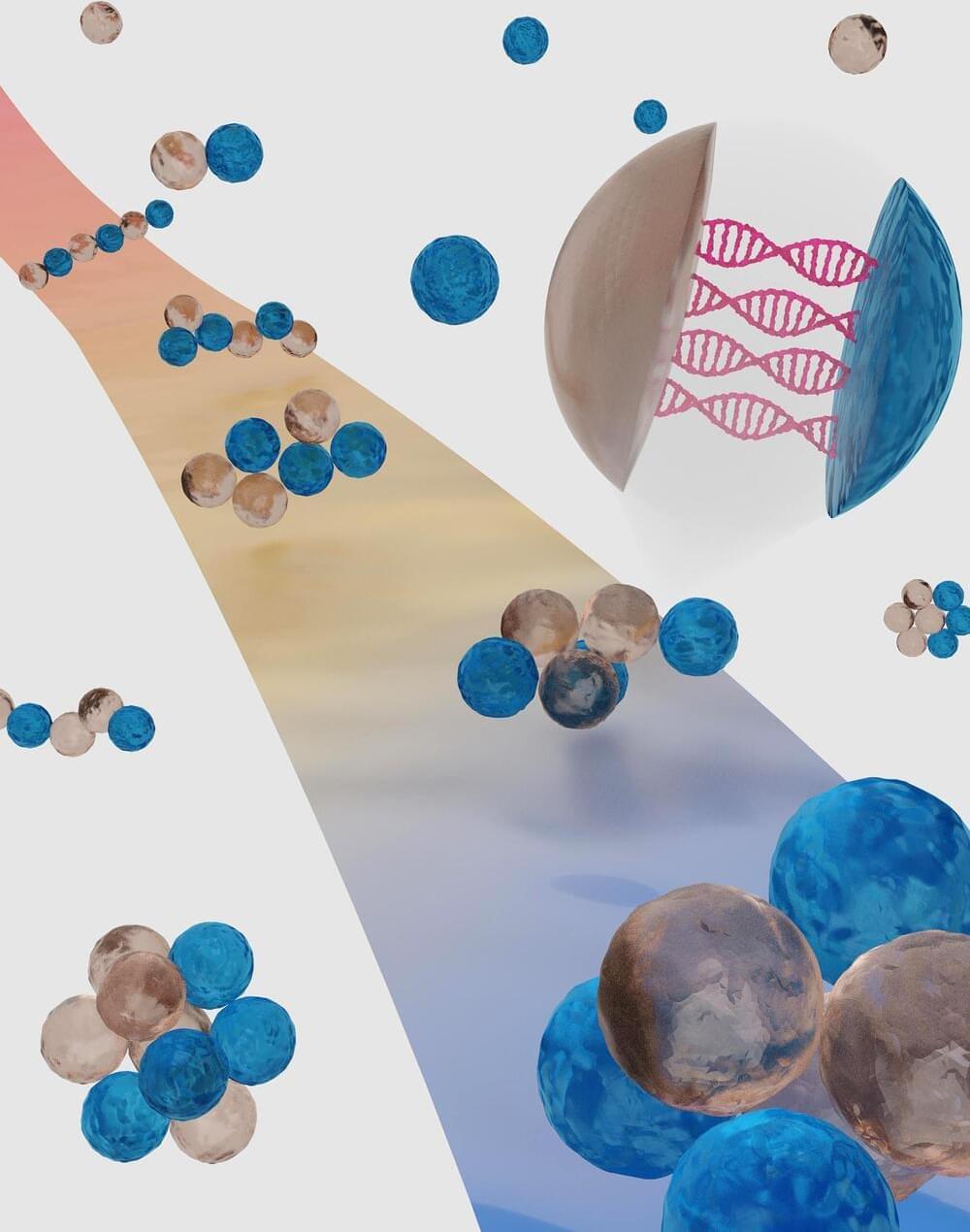The ensemble of sounds in this video captured on Mars by NASA’s Perseverance rover includes a dust removal tool for rock analysis, the Ingenuity Mars helicopter, and the impact of a laser on rocks. A new study of some of those sounds, captured mostly by the rover’s SuperCam microphone during the first 216 Martian days of the mission, reveals how sound differs on Mars, including traveling slower than on Earth. Credit: NASA/JPL-Caltech.
A new study based on recordings made by the rover finds that the speed of sound is slower on the Red Planet than on Earth and that, mostly, a deep silence prevails.
